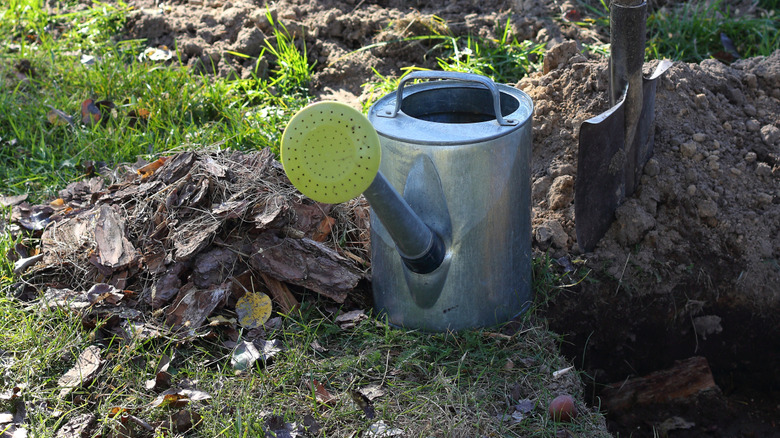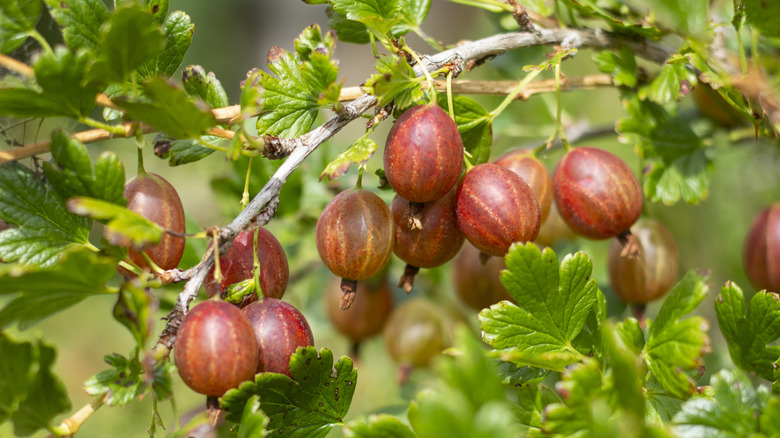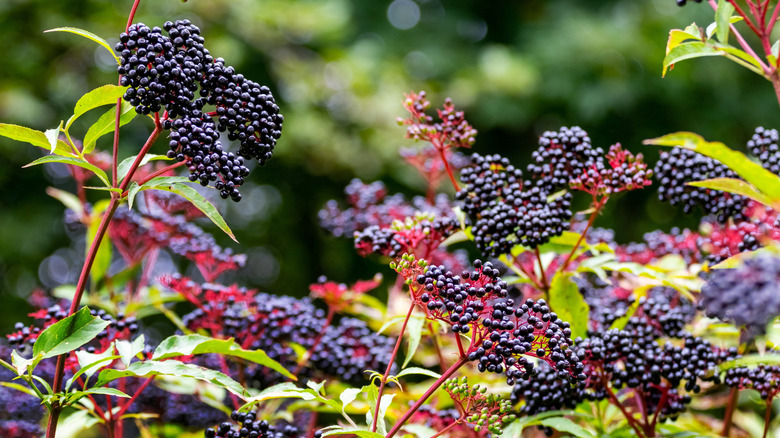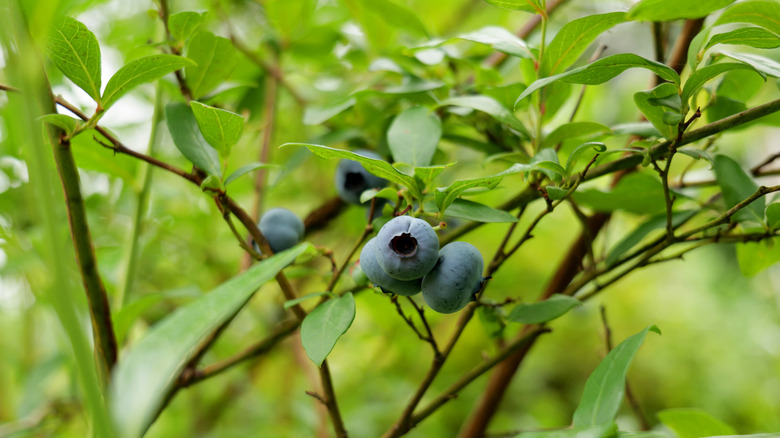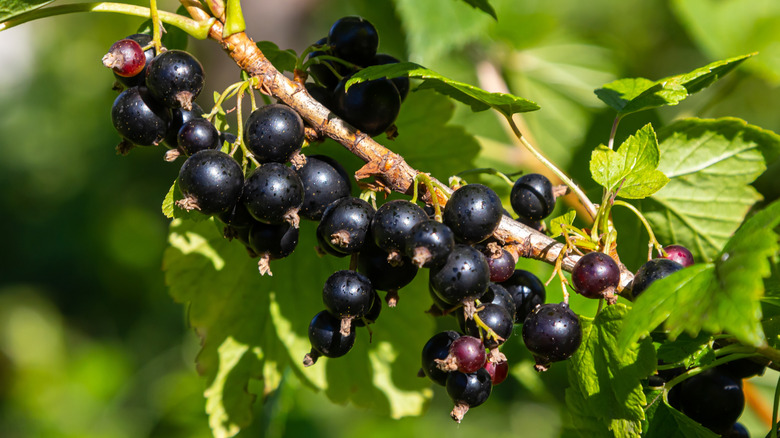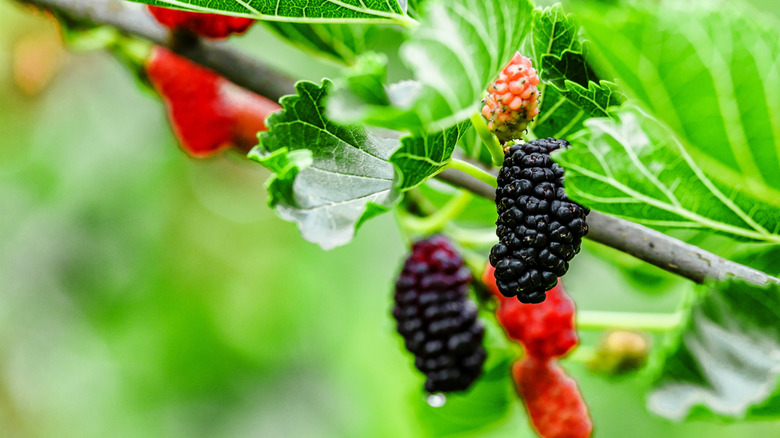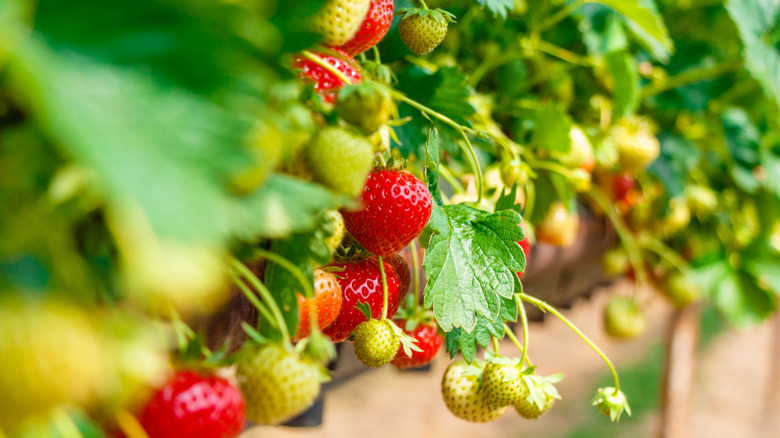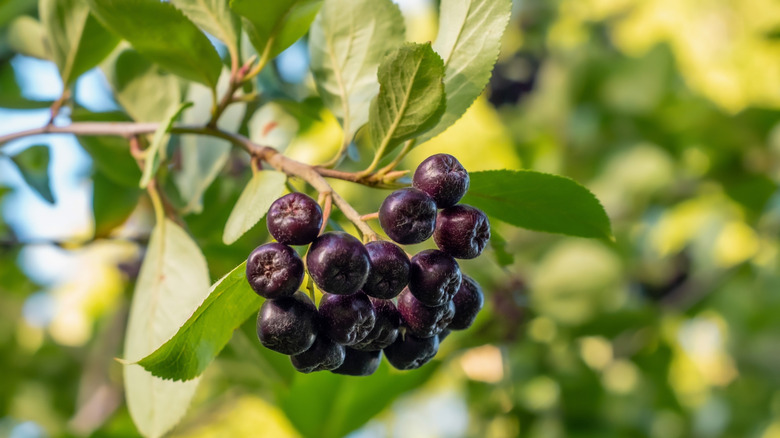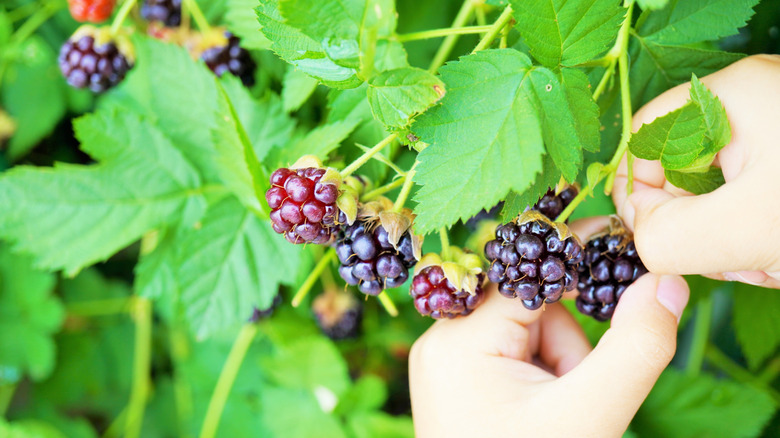7 Berries You Can Plant In Fall For An Abundant Fruit Harvest In The Spring
If you want to create a beautiful spring garden that is more than just looks, you cannot go wrong with berries. They look pretty and will also bring a bountiful harvest to your yard. But the question is, when should you start to plant berries in your garden for an abundant spring harvest? When you plant them in fall, it essentially sets the stage for an abundant fruit harvest in the spring. The top parts of perennials might look quite dead during these times, but their roots stay active below the ground. This lets the plants establish themselves well before the summer heat arrives.
Furthermore, planting in the fall saves the plants from spending too much energy on growing foliage and fruit. Blueberries, strawberries, gooseberries, and elderberries all perform really well when planted in the fall. And what is even better is the fact that berries are really easy to grow. Plus, they are perennials — plant them once and they will reward you with their delicious fruits for years to come. You don't even need a really big yard to grow berries; many berry species are compact, even growing well in containers.
Gooseberries
Gooseberries (Ribes spp.) are relatively simple to grow if you just give them a little attention. You can plant them either in the fall or early in spring, but it is better to do it in the fall to give them enough time to establish for loads of tangy berries perfect for baking, making jams, or enjoying fresh. They are hardy in USDA zones 3 to 8 and prefer well-drained, moist soils. Furthermore, their small size makes them ideal for containers and long, narrow gardens. Just be sure to feed them with organic matter as they prefer richer soils.
Elderberries
Elderberry plants (Sambucus canadensis) do a lot more than just look pretty. They provide a cool shade, help improve soil structure, and attract wildlife with their berries. And not to mention, both their berries and flowers can be used in the kitchen. They thrive in zones 4 to 10. However, for the best results, must be planted in moist, fertile soil with full sun. Aim for a slightly alkaline pH between 6.8 and 7.2. If your soil is too acidic, you can mix in some lime to balance it out.
Blueberries
Among fruits, blueberries (Vaccinium spp.) rise to the top when it comes to health benefits. Therefore, it's no surprise that more and more gardeners are adding them to their list of plants they want to grow in their backyard gardens. Blueberries thrive in hardiness zones 4 to 7, with some special varieties, like 'Nelson' and 'Patriot', being hardy in even zone 3. Plant in full sun and well-drained, acidic soil. If the soil pH is above 5.5, it is not acidic enough for blueberries, and you might need to add sphagnum peat or sulfur to bring the pH down.
Currants
They may not have "berry" in their name, but these plants from the genus Ribes do actually produce clusters of translucent red or black berries. They're great fresh off the plant, or you can dry them and use them in jams or desserts. Now, these plants can handle zones 3 through 7, and they are not too picky about soil. However, they do need regular watering. One of the nice things about growing currants is that they don't have many pest or disease problems. However, fungal issues like powdery mildew can still affect the plants and reduce yields.
Mulberries
If you are looking for a berry plant that grows fast, go with the mulberry (Morus spp.). It's one of the fastest-growing fruit trees. It can add as much as ten feet to its height in a single year. Hardiness zones 5 to 8 are where it thrives. It produces a sweet, juicy fruit with a flavor that's a bit like a raspberry rolled in honey. But be careful when choosing a species, as some varieties, like white mulberry, are invasive in parts of the United States. Therefore, be sure to consult with the local extension service before planting.
Strawberries
If you live in zones 4 through 9, strawberries (Fragaria × ananassa) are one of the best fruits you can plant in your garden during the fall (although they're technically not berries) because they are one of the first fruits to ripen in the spring. It's best to plant them sooner in the fall than later to give them enough time to establish themselves, and they will provide almost close to full, if not full, production in the following spring. What makes them even a more perfect choice is that strawberries will grow happily in most garden soils, if they are fertile enough.
Chokeberry
Growing in zones 3 to 8, chokeberries (Aronia arbutifolia) are edible and ornamental shrubs that produce beautiful white flowers in the spring with reddish foliage in the fall. They are quite adaptable to wet and compacted soil and can even survive in a salty environment. However, the soil pH must be on the slightly acidic side, from 5.1 to 6.5. In most cases, chokeberries are usually grown as shrubs but can also be trained and planted as trees. Also, they are extremely cold-tolerant, which makes them an excellent choice for harsh regions.
Boysenberries
Boysenberries (Rubus ursinus × Rubus idaeus) are a type of black berry, which taste delicious but are still low in sugar. They grow best in zones 5 to 9 and come in thornless varieties, which makes working with the boysenberry plants easy to work with. For best results, boysenberries must be planted in a well-drained soil with a pH of between 6.0 and 7.5. They don't need a ton of fertilizer but feeding them when the new growth sprouts can definitely help the plant. However, the plants are susceptible to many diseases during and after establishment, so keep an eye out for problems.
